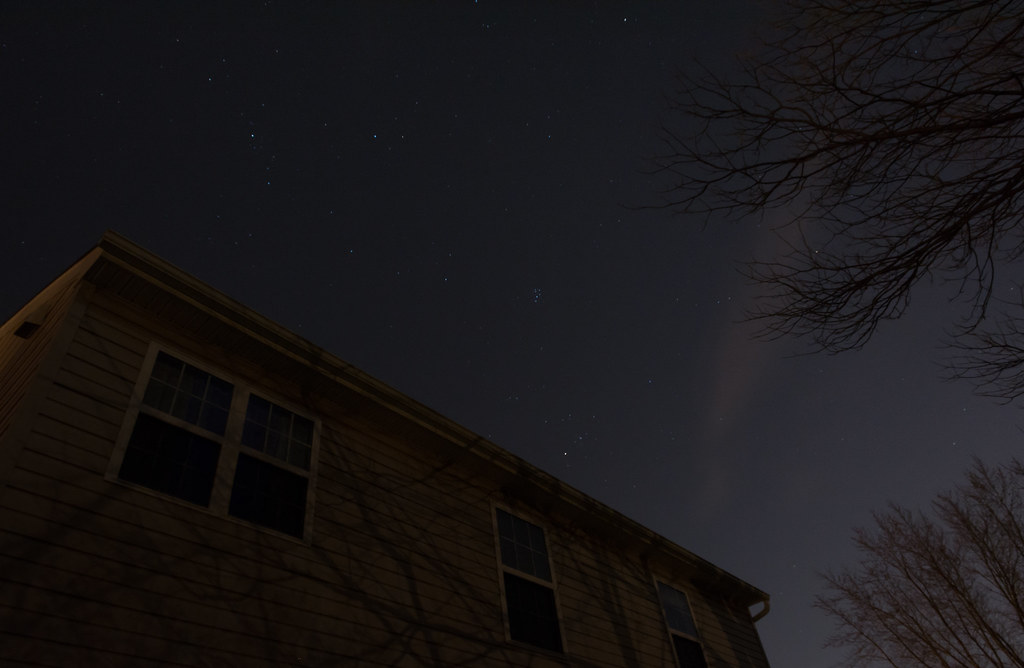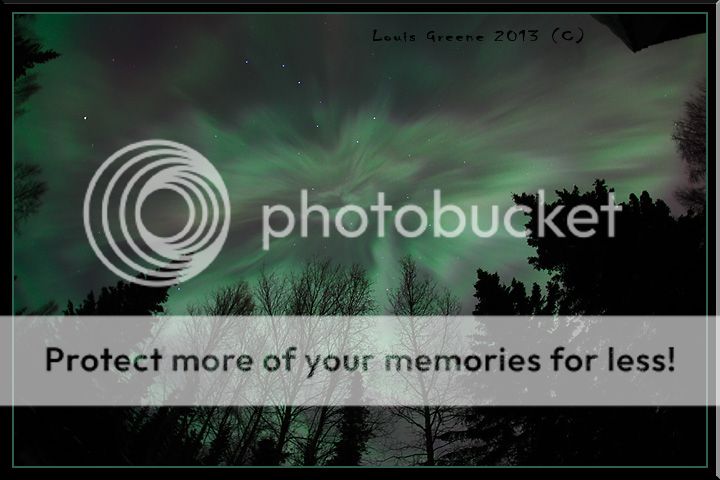NTP66
New member
It was finally a clear night out here, so I figured I'd try and get a few shots of the stars. This was my first time ever attempting anything like this, and as such, a lot of photos were scrapped. The shot below is probably my favorite, which may or may not tell you how bad the rest were. 

I took this with my D5200 using my Nikkor 16-85 lens (16mm, f/11 , ISO 800, @20 seconds). Any tips for the future?

I took this with my D5200 using my Nikkor 16-85 lens (16mm, f/11 , ISO 800, @20 seconds). Any tips for the future?







